We often hear that species of animal is at risk of extinction. What does this statement mean?
When we talk about endangered species, we mean those animal species whose population numbers are dramatically decreasing, which may lead to their extinction.
The main reasons are habitat loss and degradation, but also, among others, environmental pollution, climate change and, in particular, frequent fires in Greece.
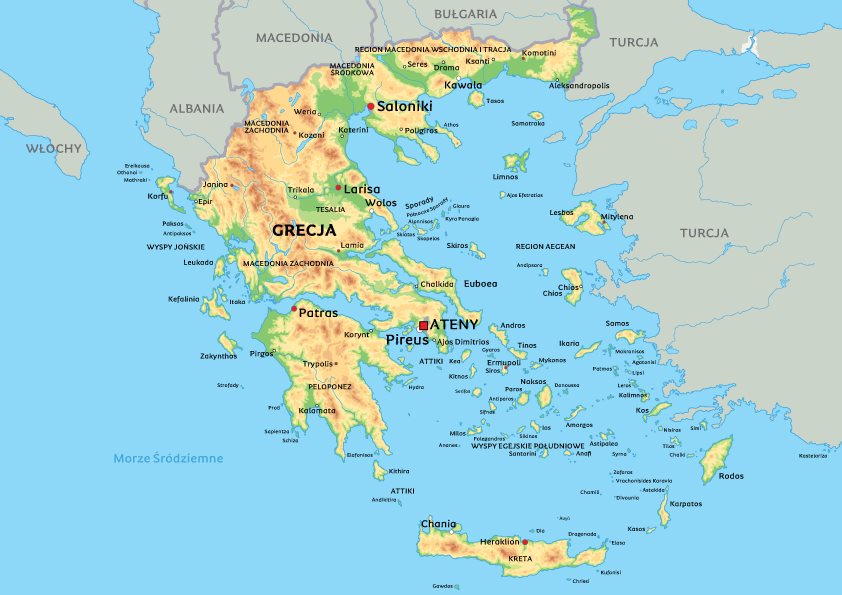
IN Greece, endangered species are:
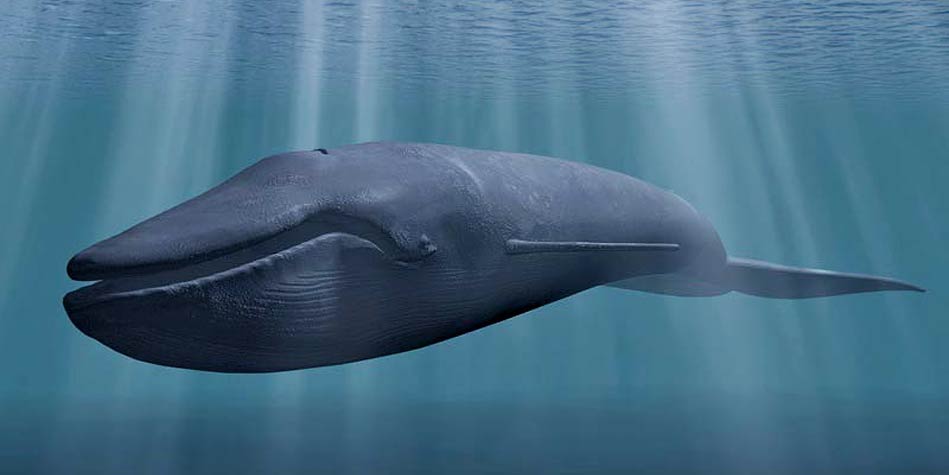
BLUE WHALE
The blue whale is the largest animal that currently inhabits Earth. And the largest in the entire history of life on our planet. And, of course, the largest of mammals. In the past, many individuals of this species lived in the oceans. Massive whale hunting in the 20th century caused the blue whale population to decline many times. The only natural enemy of the fin whale is the oceanic killer whale. The blue whale is also the loudest animal on Earth. It can produce sounds with an intensity of 190 decibels, which can be heard by other fin whales from a distance of over 800 km.
LEATHERBACK TURTLE
The leatherback turtle (Dermochelys coriacea) is a species of reptile from the suborder of the leatherback turtles, the only living representative of the leatherback turtle family. It is one of the largest and heaviest living reptiles today (only some crocodiles are larger than it). This species has been known since the mid-16th century. Leatherback turtles have a similar structure to sea turtles – they have a large, flattened, round body with two pairs of very large fins and a short tail. Like other marine turtles, the leatherback sea turtle’s webbed front limbs are specially adapted for swimming in the open ocean. It has no claws on both pairs of limbs. This turtle’s flippers are the largest of any living turtle.
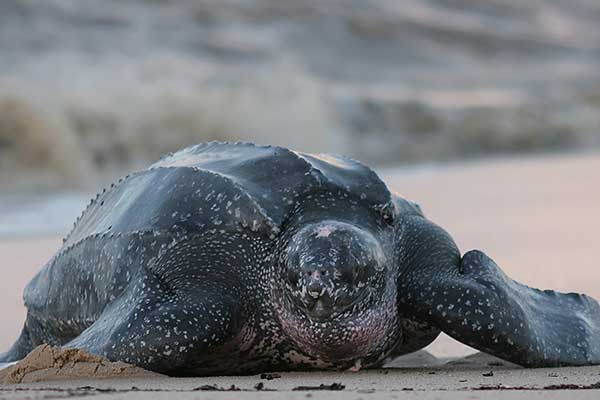
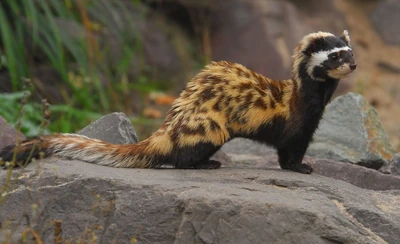
marbled perewiaska
Marbled perewiaska, perewiaska, marbled ferret, perewiska (Vormela peregusna) – a species of predatory mammal from the mustelid family, found in south-eastern Europe and Asia. The only representative of the genus Vormela. The Perewiaska is marbled, the Perewiaska has light brown fur with yellow-white spots, the belly and the tip of the tail are dark brown. It leads a nocturnal and solitary lifestyle. It feeds mainly on rodents, as well as birds, reptiles and amphibians. It lives in burrows or rock crevices. When attacked, it secretes a foul-smelling secretion from the anal glands.
Steppe eagle
Steppe eagle (Aquila nipalensis) – a species of large bird of prey from the Accipitridae family. It is a migratory species; the birds winter in southeastern Africa and southern Asia. They look for food by gliding and diving on prey, as well as by walking along the ground. This eagle can also wait at the entrance to the burrow to surprise its prey. It feeds on small and medium-sized mammals, mainly ground squirrels. In the wintering area, it hunts for small rodents and selects chicks from the nests of red-billed weavers.
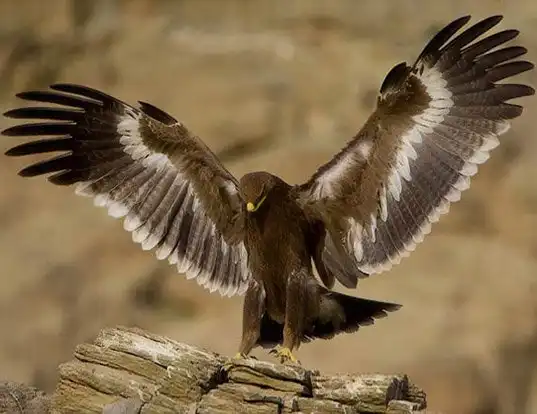

audouin's gull
Audouin’s gull (Ichthyaetus audouinii ) is a large gull restricted to the Mediterranean and the western coast of Saharan Africa and the Iberian Peninsula. The genus name is from Ancient Greek ikhthus, “fish”, and aetos, “eagle”, and the specific audouinii and the English name are after the French naturalist Jean Victoire Audouin. It feeds mainly on fish, especially herrings. However, it is an opportunistic species and also eats, for example, crayfish and other aquatic invertebrates, small birds migrating by the sea, and small mammals and lizards on land. It feeds mainly at sea.
long-tailed duck
The long-tailed duck (Clangula hyemalis) is a species of medium or large water bird from the Anatidae family, inhabiting the tundra of Eurasia and North America. Vulnerable to extinction due to rapidly decreasing numbers. It feeds on small aquatic animals, such as mollusks, crustaceans, insects and fry, with a small admixture of plants, e.g. moss and algae. In search of food, it dives excellently, up to 60 meters. The refrigerator has a round head and a short beak. The male is larger than the female, with a characteristic long tail composed of sharply pointed rectrices, resembling a swallow’s tail. In its breeding coat, its head, neck and breast are dark brown, the top of the body is black with brown edges, and the belly is white. There is a large white spot around the eye. In winter, the male is white with black wings, a black “Y”-shaped spot on the back, a black patch on the chest and a black spot on the side of the head and neck turning gray around the eye. It has a lighter stripe on its back and underside of its wings. He also has a long tail in this robe.
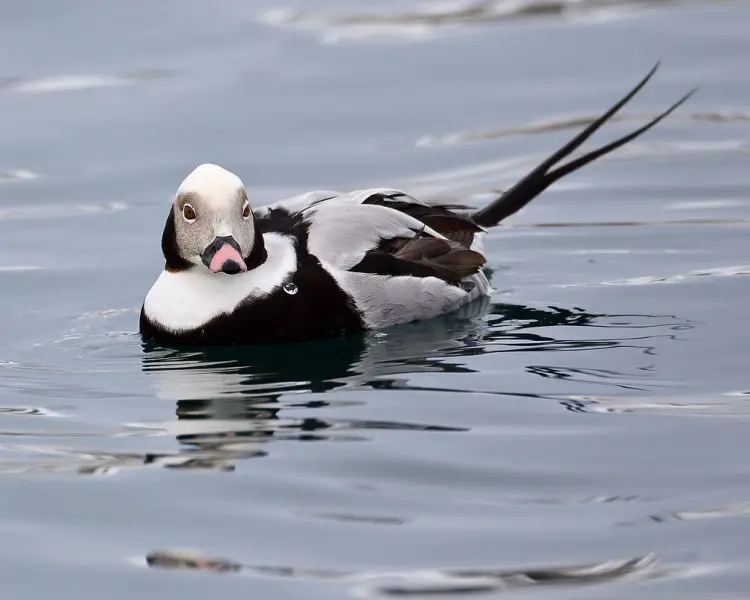
Prepared by: Kinga Balińska, Magdalena Kurek, Natasza Szczygieł, Julia Andrzejewska, Weronika Szczecińska from II LO Sieradz
